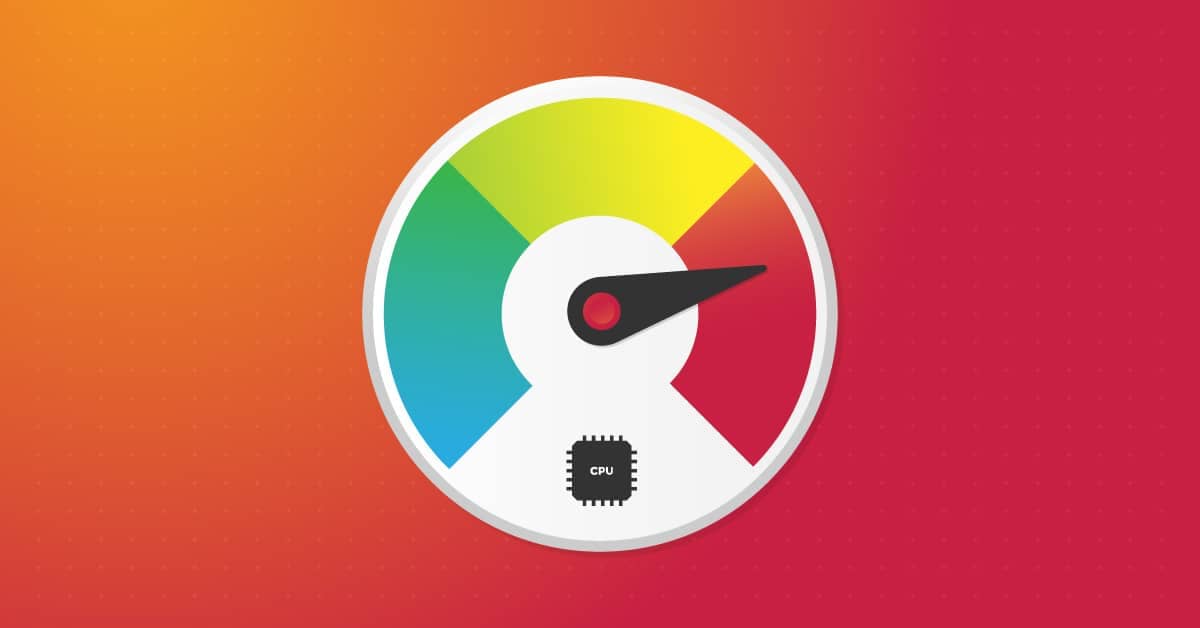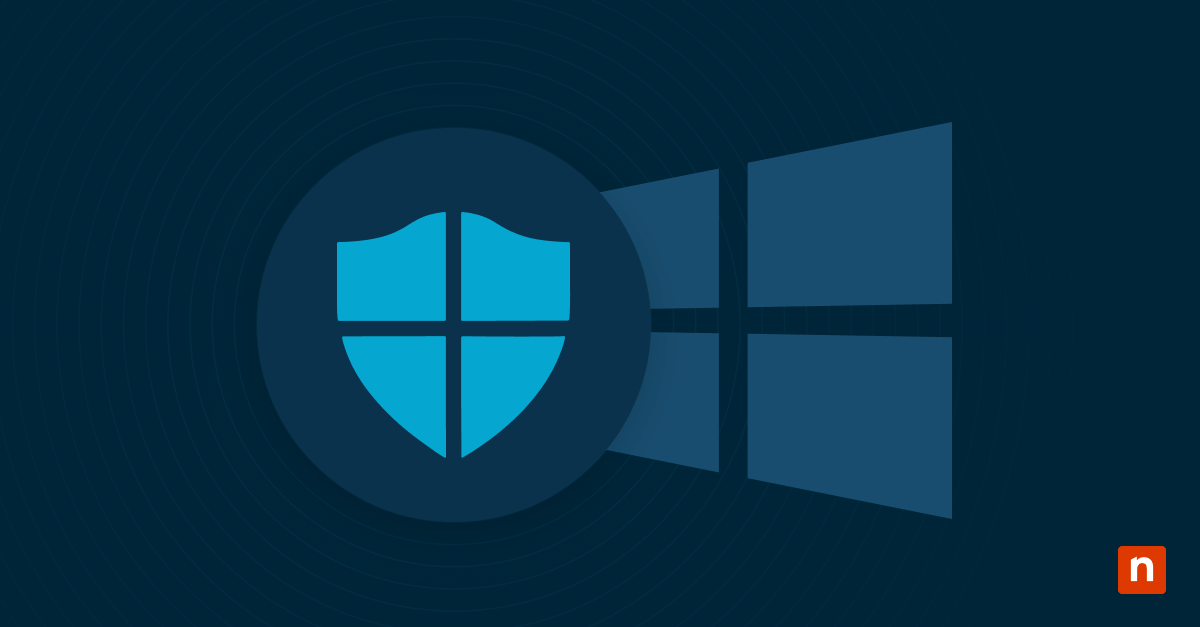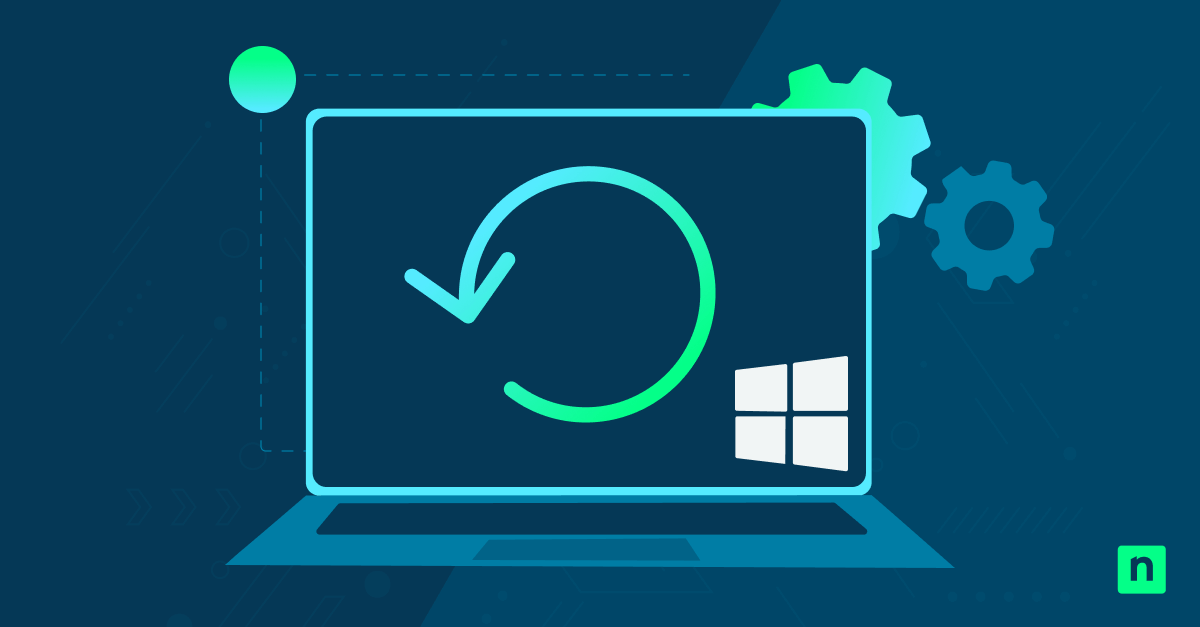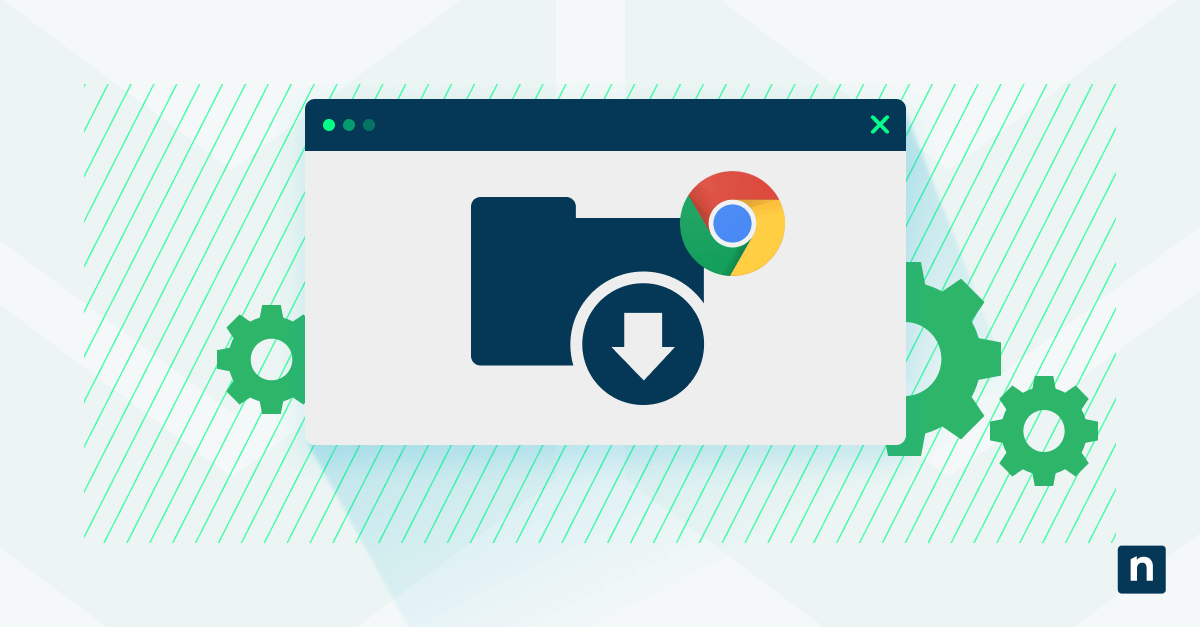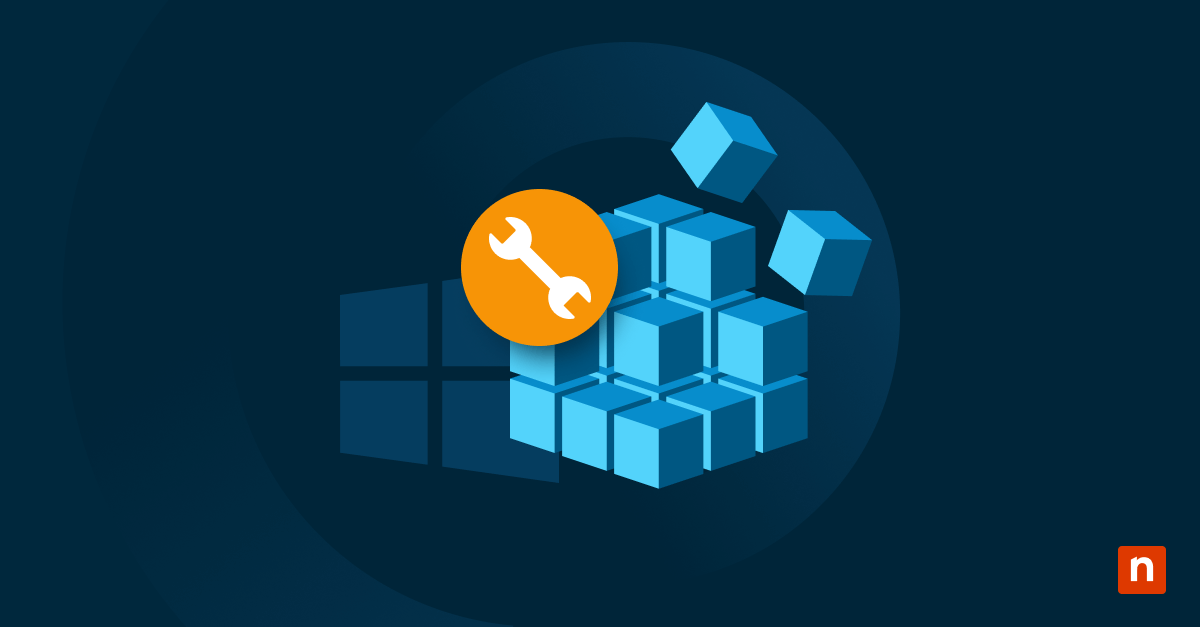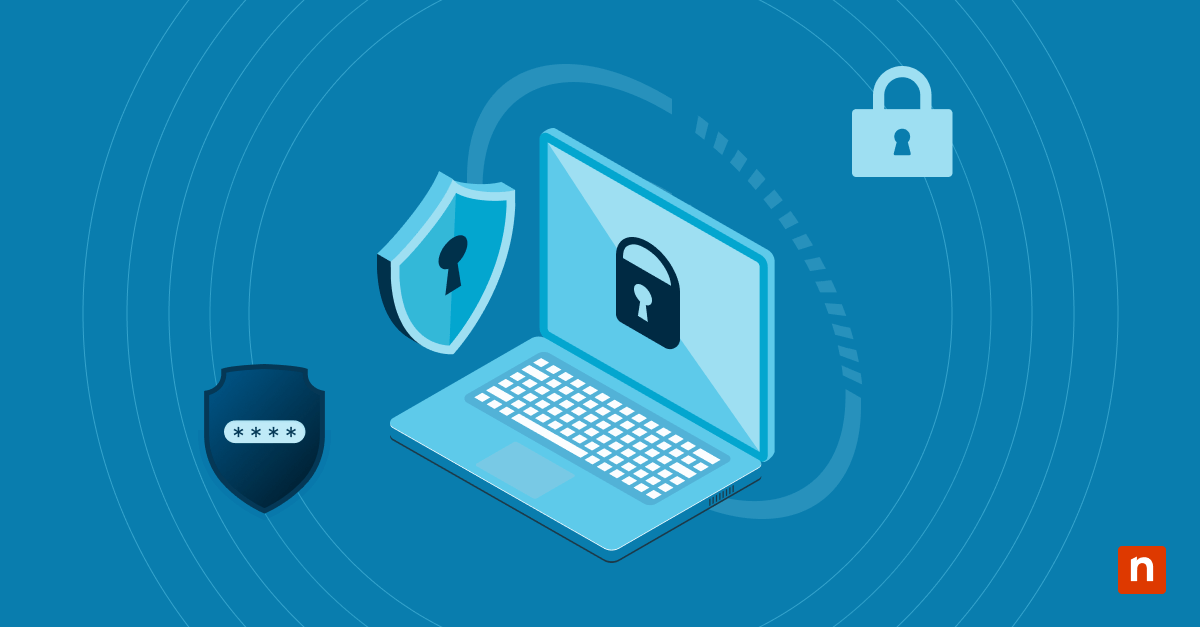Today, society heavily relies on automation to make life more convenient and efficient. Millions of resources list the numerous ways IT automation benefits organizations of all sizes and industries (We’re no different: Check out this guide on “Everything You Need to Know About IT Automation”).
Still, there is something to be said about doing certain tasks manually for redundancy and security purposes. One such task is manually creating on how to create a file history backup in Windows 10. In this guide, we walk you through everything you need to know about how to back up personal files in Windows 10 without software, from its benefits to troubleshooting common issues, so you can confidently secure your important files.
Using this Windows 10 File History tutorial
Regular backups are crucial to any successful backup strategy. They ensure that your business-critical files are safe from unexpected hardware failures, malware attacks, or accidental deletions caused by human error. While Windows 10 has a built-in File History feature that helps you maintain regular backups, setting it up manually can give you greater control over the process.
What is File History in Windows 10?
To recap, File History is a built-in backup feature in Windows 10 that automatically saves copies of your files at regular intervals. It ensures that you can recover previous versions of your files in case of data loss. This has many benefits, not least of which is enabling you to keep multiple versions of your files, allowing you to restore an earlier version if needed.
You can manually save File History to an internal hard drive, an externally connected drive, or even a drive on a network.
Step-by-step guide: How to manually set up File History in Windows 10
Before you begin, ensure you have the necessary setup to use File History effectively. We recommend checking your:
- System requirements: Make sure that your Windows is up-to-date. File History is compatible with Windows 10.
- Backup storage: Ensure you have the right device for the specific type of backup you intend to do.
Option 1: Through Settings
- Access File History settings
-
-
- Click “Start” and select “Settings”
- Navigate to “Update & Security”, and click “Backup” from the left-hand menu.
- Under “Back up using File History”, click “Add a Drive”
-
- Choose a backup drive
-
-
- Windows will display available drives. Select your desired external drive or network location.
- Once selected, File History will be activated.
-
- Configure backup settings
-
-
- Click “More Options” under the “Backup” section to adjust settings. We recommend:
- Backup frequency: Choose how often File History saves copies of your files.
- Retention period: Choose how long to keep saved versions.
- Add or exclude a folder by scrolling down to “Back up these folders” and selecting “Add a folder” or clicking on a folder to remove it.
- Click “More Options” under the “Backup” section to adjust settings. We recommend:
-
- Initiate a manual backup
-
- Scroll to the bottom of the settings page and click “Back up now” to start the backup.
- Monitor the progress to ensure the backup is completed successfully.
Option 2: Through Control Panel
- Open “Control Panel” and select “File History”
- Click “Run” under the “Selected Drive”
- File History will now create a new backup version.
- Monitor the progress to ensure the backup is completed successfully.
Some tips to properly configure File History manually
The process of manually creating a File History backup is simple enough. Still, we recommend some hygiene habits to ensure that everything runs smoothly—even after you’ve completed the process.
- Regularly check backup files on Windows 10: Verify that backups are running as scheduled. You can do this by opening File History settings and confirming if the latest backup date aligns with your expectations.
- Monitor storage space: Ensure your backup drive has enough space for ongoing backups. If space runs low, consider cleaning up older versions or upgrading to a larger storage device.
- Update included folders: Periodically evaluate your data storage needs and adjust backup settings to reflect them. This includes including or excluding folders.
- Label backup drive: It’s wise to label each backup drive in case you are using multiple drives for different purposes.
- Safeguard your backup device: Store your external drive in a safe location when not in use to prevent physical damage or data rot.
Troubleshooting common issues
This section details troubleshooting File History backup issues in Windows 10. On occasion, you may encounter some challenges, but thankfully, many common issues with File History have straightforward solutions.
Device not recognized
The most common issue is Windows failing to recognize the backup drive. This happens due to a faulty connection, an unsupported drive format, or drive issues.
To resolve this:
- Check your File History external drive setup. Ensure the external drive is properly connected and powered on. If necessary, try using another USB port.
- Check if the drive appears in File Explorer. If it doesn’t, open Disk Management. (You can do this by simply typing “Disk Management” in the “Start” menu.)
- Go to “Device Manager”, locate your drives under “Disk Drives”, right-click the drive, and select “Update driver”.
- Restart your computer to refresh the connection.
Backup not completing
Is your backup failing to complete or seems to be stuck in progress? This can be caused by insufficient storage space, interruptions during the backup process, or corrupted files.
To resolve this:
- Check the available space on your backup drive.
- Close all running and background applications to prevent interference during the backup process.
- Run Windows Troubleshooting.
- Open Settings > Update & Security > Troubleshooting > Additional troubleshooting.
- Select “File History” and follow the prompts.
- If the problem persists, try resetting File History. Turn it off in Settings, delete the File History folder from your backup drive, and restart the process. For more information, we’ve written an in-depth guide on “How to enable or disable File History”.
Missing files
This happens when folders are excluded from backup settings or if the files are stored in unsupported locations.
To resolve this:
- Open “File History Settings” and review the list of included folders under “Back up these folders”.
- Add any missing folders by clicking “Add a folder” and navigating to the desired location.
- Ensure the files are not in unsupported locations, such as system directories or third-party app folders.
- Verify the backup drive is properly connected during scheduled backup times.
Restoring fails or files are corrupted
Sometimes, you may encounter an error when you try to restore files from File History.
To resolve this:
- Verify the integrity of your backup by trying to restore a small, recently modified file.
- Check for earlier versions saved in File History if the backup is corrupted.
- Consider running a disk check on your backup drive to detect and fix errors.
- Open Command Prompt as an administrator and type: “chkdsk X: /f /r” (Replace “x” with your drive’s letter).
Additional tips for file backups
- Test your backups: Regularly check your backups and ensure you can restore files from them.
- Combine backup methods: File History works best when paired with other backup solutions for a comprehensive strategy.
- Consider alternatives: Advanced users may explore other tools like Windows Backup and Restore or third-party software like NinjaOne for more customization.
Manually create File History backup in Windows 10
File History is a simple and convenient feature in Windows that automatically backs up important data. However, it’s a great idea to manually create these backups to secure business-critical information in case of unexpected events, whether caused by threat actors, insider threats, or random glitches.


